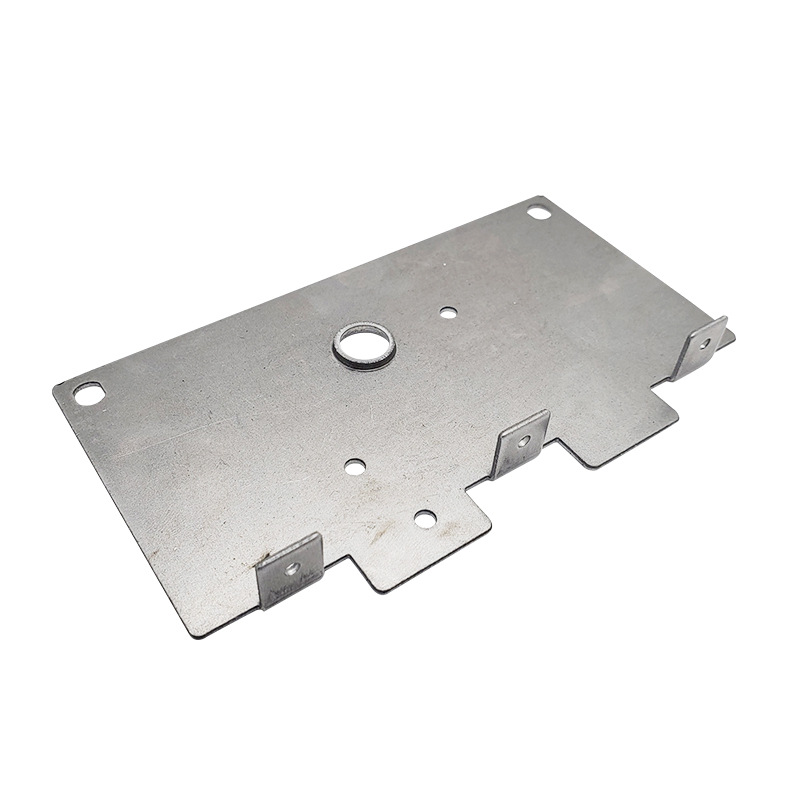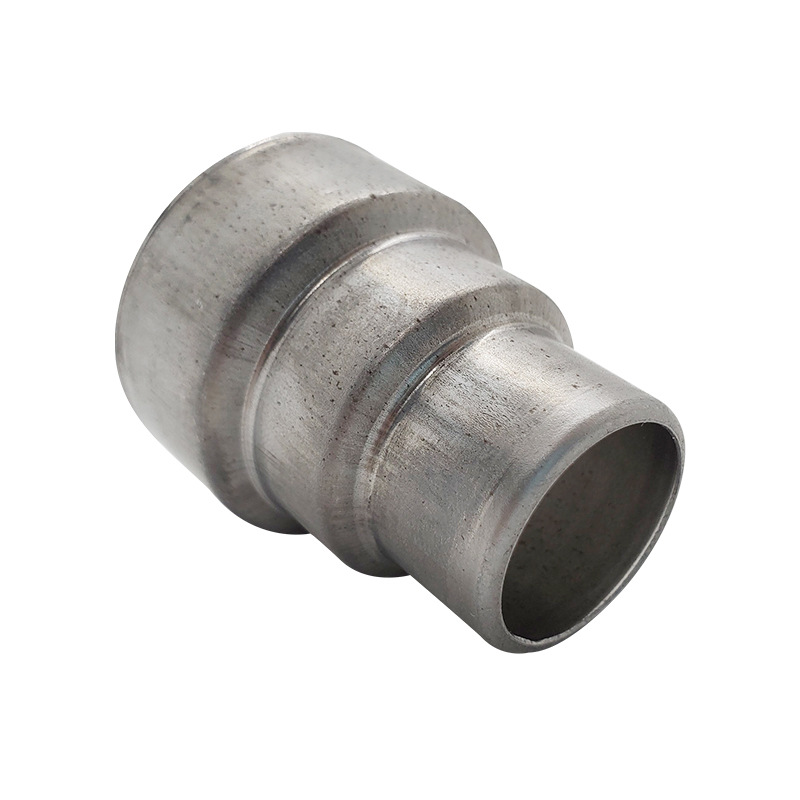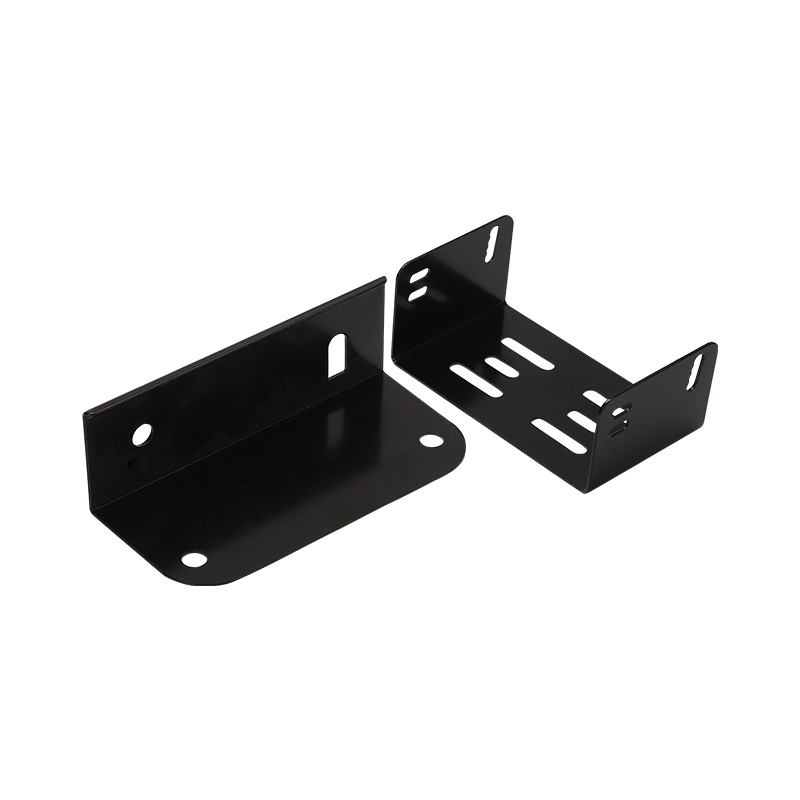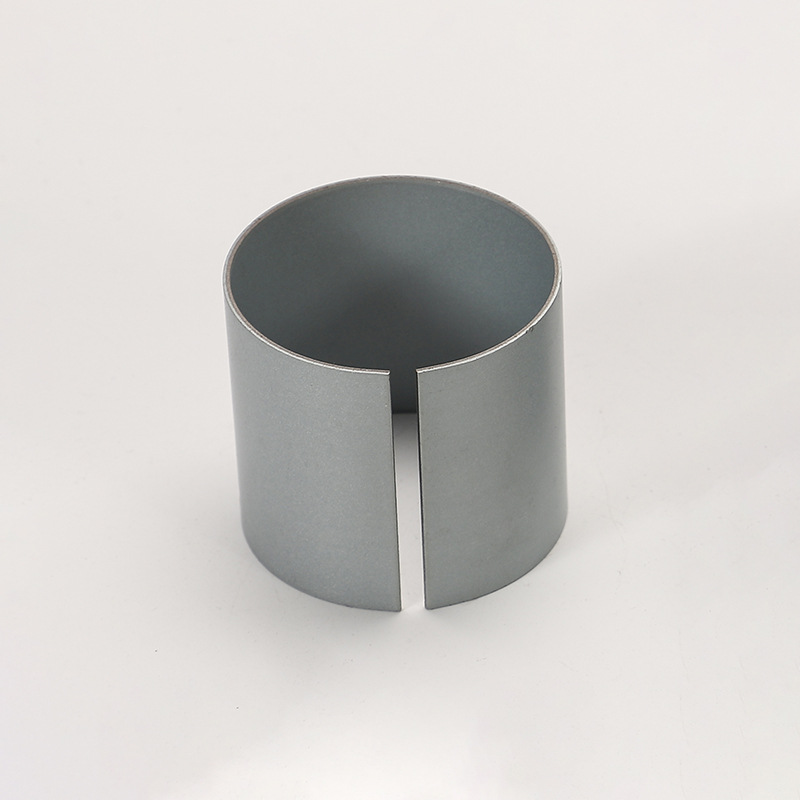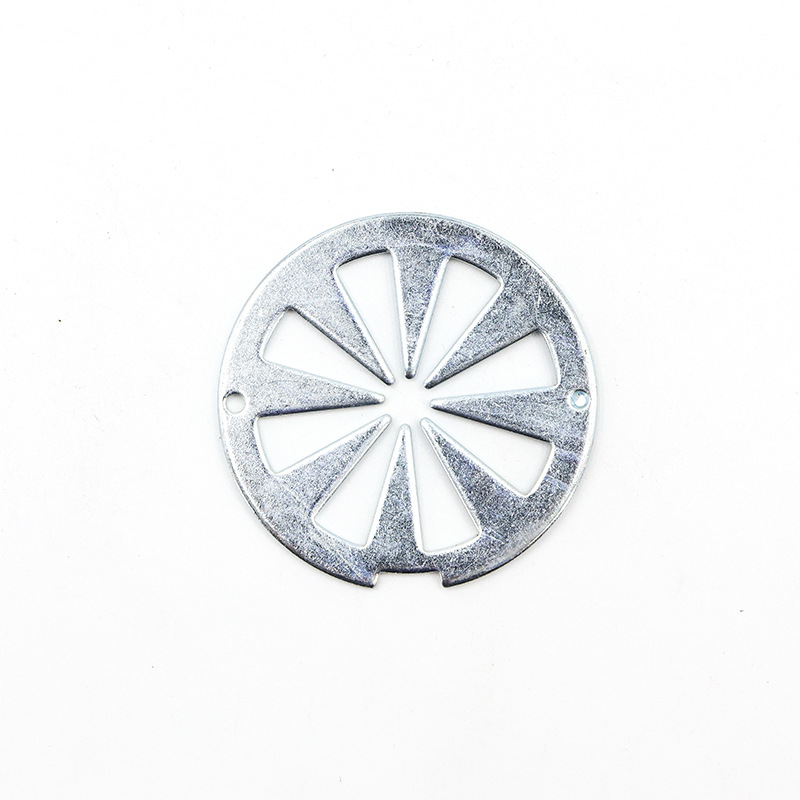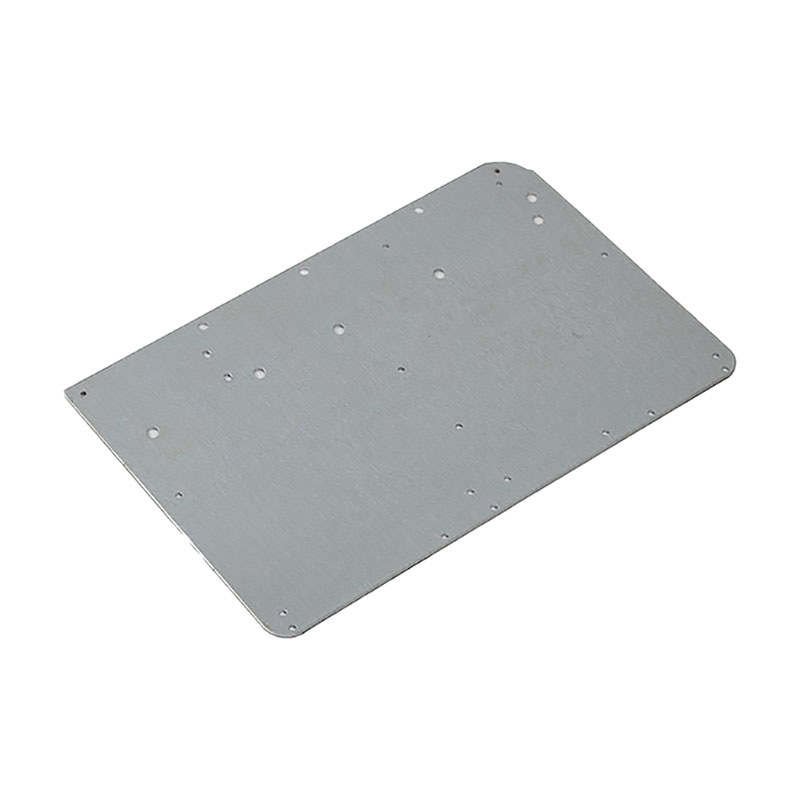When manufacturing medical devices, choosing the right materials is critical to ensuring safety, functionality, and regulatory compliance. In this blog post, we’ll take a deep dive into the world of medical molding materials, covering everything from the importance of material selection to the challenges faced and innovative solutions available. Our guides will provide you with valuable insights and best practices to help you choose the right materials for your medical molding needs!
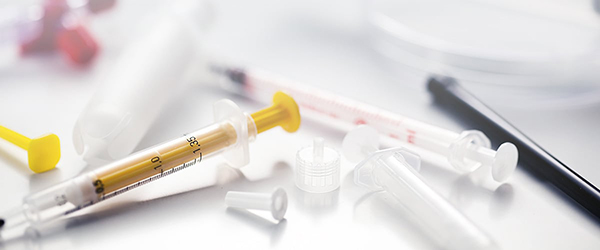
When it comes to medical injection molding, choosing the right material is critical to ensuring the safety, functionality, and reliability of your medical device. There are several common materials used in medical injection molding, each with their own properties and benefits. Let’s explore some of these materials in detail:
Material | Properties | Applications |
Polypropylene (PP) | Good chemical resistance | Syringes, vials, medical packaging,etc |
Acrylonitrile Butadiene Styrene (ABS) | Impact resistance, chemical resistance | Instrument housings, surgical trays,etc |
Polycarbonate (PC) | High impact strength, optical clarity | Equipment covers, lenses,etc |
Polyethylene (PE) | Lightweight, flexible | Tubing, catheters, disposable medical devices,etc |
Polyvinyl Chloride (PVC) | Chemical resistance, electrical insulation | Medical tubing, IV bags, blood bags,etc |
Silicone | Biocompatibility, temperature resistance | Medical implants, catheters, seals,etc |
Nylon (Polyamide) | Mechanical strength, chemical resistance | Surgical instruments, orthopedic implants,etc |
Polyethylene Terephthalate (PET) | Chemical resistance, dimensional stability | Medical packaging, containers,etc |
What are the main advantages of using plastics over metals in medical devices?
Biocompatibility: Plastics can be designed to be highly compatible with the human body, reducing the risk of adverse reactions or injuries. This makes them safer in medical applications and improves patient comfort.
Design flexibility: Plastics can be molded into a variety of shapes and sizes, allowing for the manufacture of complex and ergonomic medical devices. This flexibility enables customization to meet the needs of specific applications or patients.
Cost-effectiveness: Plastics are generally more cost-effective than metals in terms of material cost and manufacturing processes. They can be mass-produced at a lower cost, making them an economical choice for medical device manufacturers.
Lightweight: Plastics are much lighter than metals, making them ideal for portable and wearable medical devices. Lighter devices improve patient comfort and mobility.
Electrical insulation: Plastics act as a barrier to electrical current, reducing the risk of electric shock in medical devices that interact with the body's electrical system.
Corrosion resistance: Plastics do not degrade or corrode over time when exposed to moisture or chemicals, ensuring the longevity and performance of medical devices.
Some of the injection molding products currently produced by our factory are as follows:
![]()
![]()
![]()
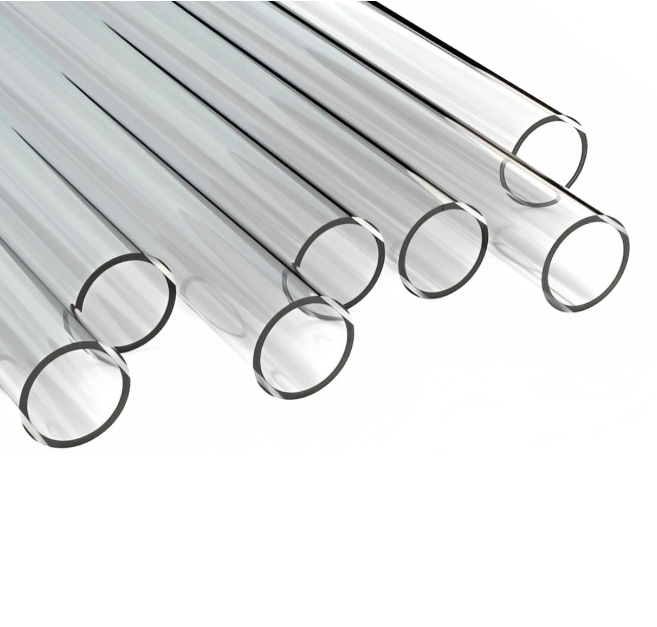
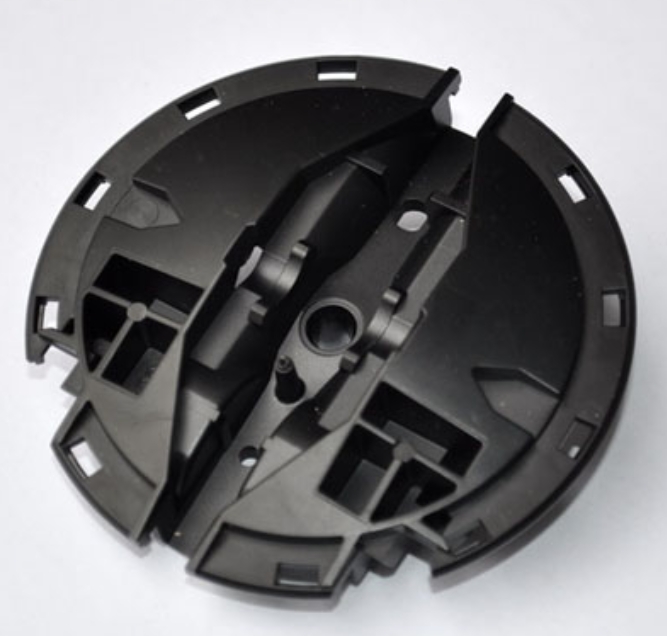
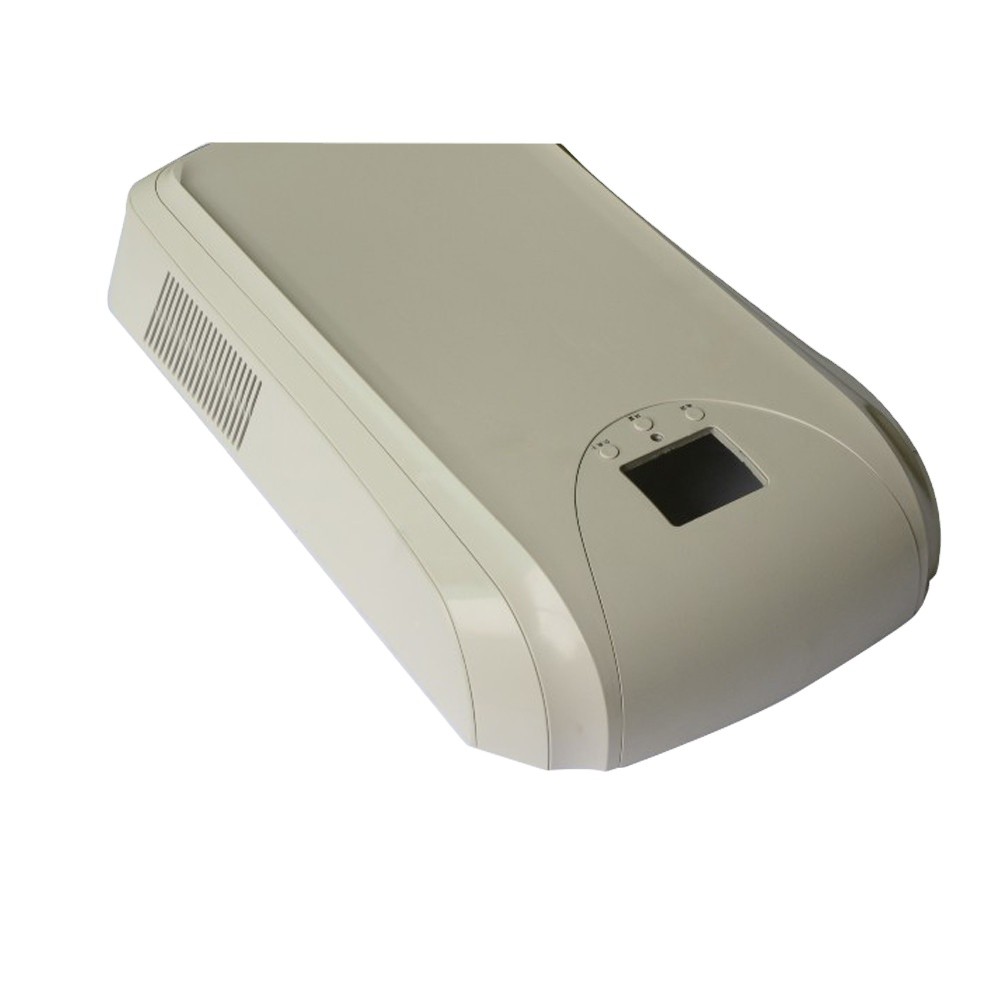
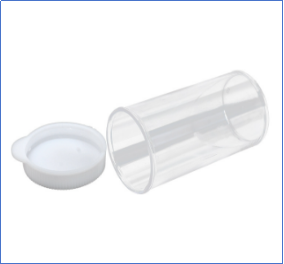
Selecting the right medical injection molding material is a critical step in manufacturing medical devices. With Xuanmin’s guidance, manufacturers can streamline processes, save costs, and bring innovative and reliable medical devices to market, ultimately benefiting both healthcare professionals and patients. Contact Xuanmin now!
